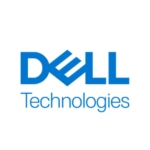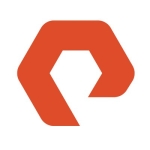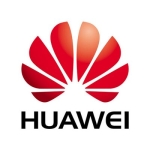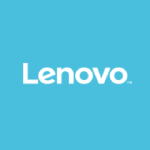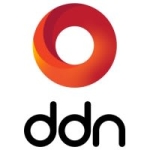What is our primary use case?
The primary use case of this solution is for banking services. It is one of three of our production systems in which we store all of our customer's data.
Thirty percent of our production traffic for our company is stored with this solution.
The deployment model used is a private cloud.
What is most valuable?
The main advantage of this solution is performance.
This solution does not have any compression or deduplication, but instead gains better performance through concurrency.
What needs improvement?
We cannot share data in what is described as a trunk port, which is a disadvantage.
Technical support is an area that needs improvement.
In the next release, I would like to have staged access. The administrator would be able to connect to all of the storage and see real-time performance and issues, not only in the web interface. If the administrator is working on the console they should have access to all interfaced controllers.
For how long have I used the solution?
I have been using this solution for two years.
How are customer service and technical support?
I have had a couple of technical tasks, but I think that they have good technical support when you inquire about hardware. They have a problem when you ask about software-related issues.
When you have a hardware issue, it is reloved within the time limit described and agreed to in the SLA.
When it's a software-related issue, it is difficult to find an engineer that can help you. You spend time describing your issue to a person who then says that they can help you, but it will take time. A week later you explain it again.
Only when they prioritize your request, will they assign an engineer to resolve your issue.
How was the initial setup?
The initial setup was easy. I spent an hour with the setup.
One of the last initial setups I performed was difficult. It was on IBM Storage and the manual stated that you could connect to an IP address. It was supposed to work but when you connected to this address it did not ping and you cannot connect to them.
We had to connect with the console and create a cluster manually. This took approximately five hours. In the last two years, since the deployment, I have not had any issues with it.
It is very easy, and even a person with a minimal background could do it with no problem.
What's my experience with pricing, setup cost, and licensing?
We are not talking about using this for all of our data storage, as that can be very expensive. We have singular pricing for the solutions we use.
Vendors who provide all-flash storage have singular pricing that depends on a couple of factors.
Which other solutions did I evaluate?
If we compare this storage solution with Concurrent, the price is the same, but the performance is much better.
The pricing is comparable with other competitors and similar in mid-range solutions, and for high range solutions, it would depend on our requirements or needs.
What other advice do I have?
I would recommend this solution to others.
I would rate this solution a seven out of ten.
Disclosure: My company does not have a business relationship with this vendor other than being a customer.


